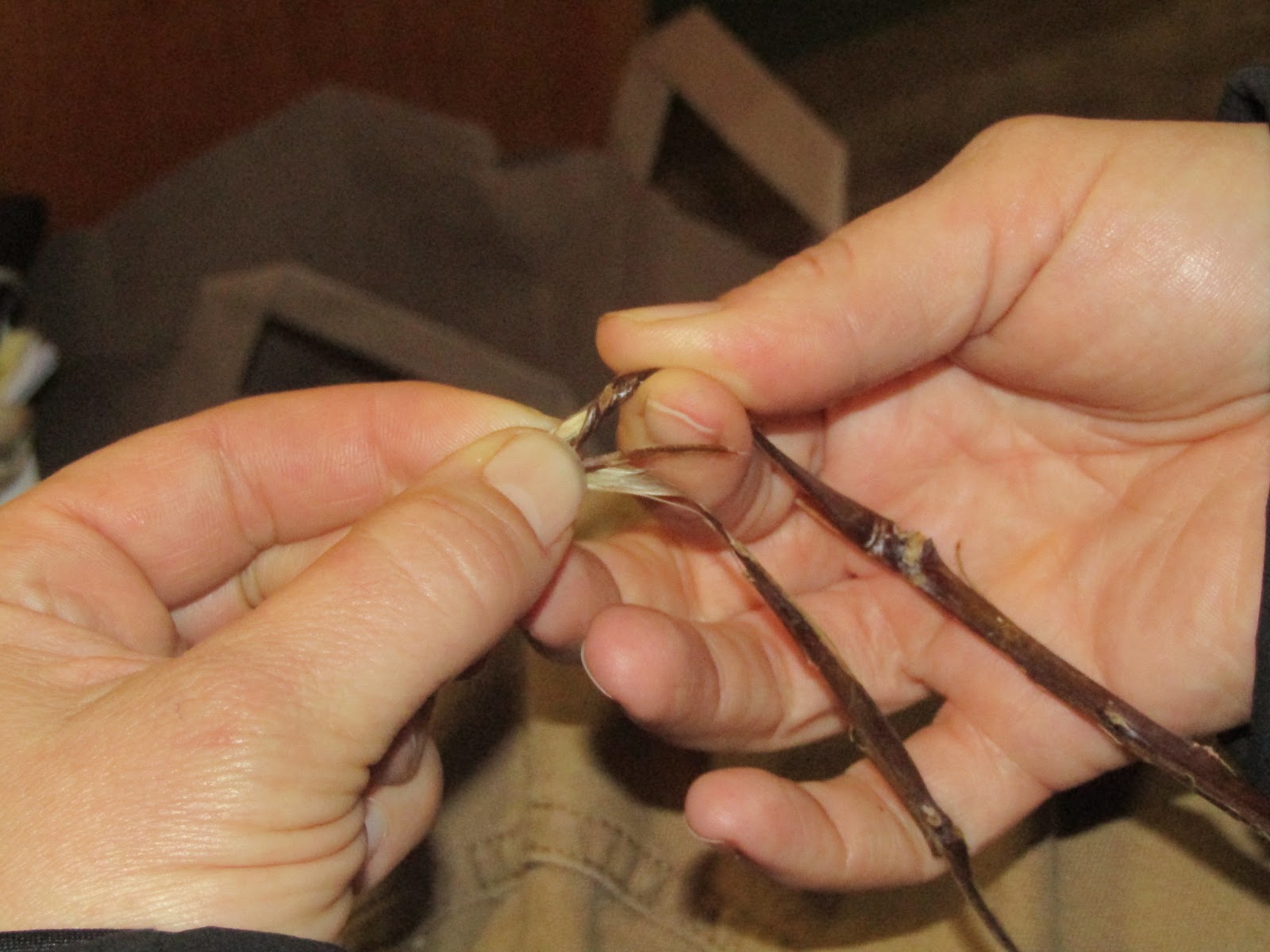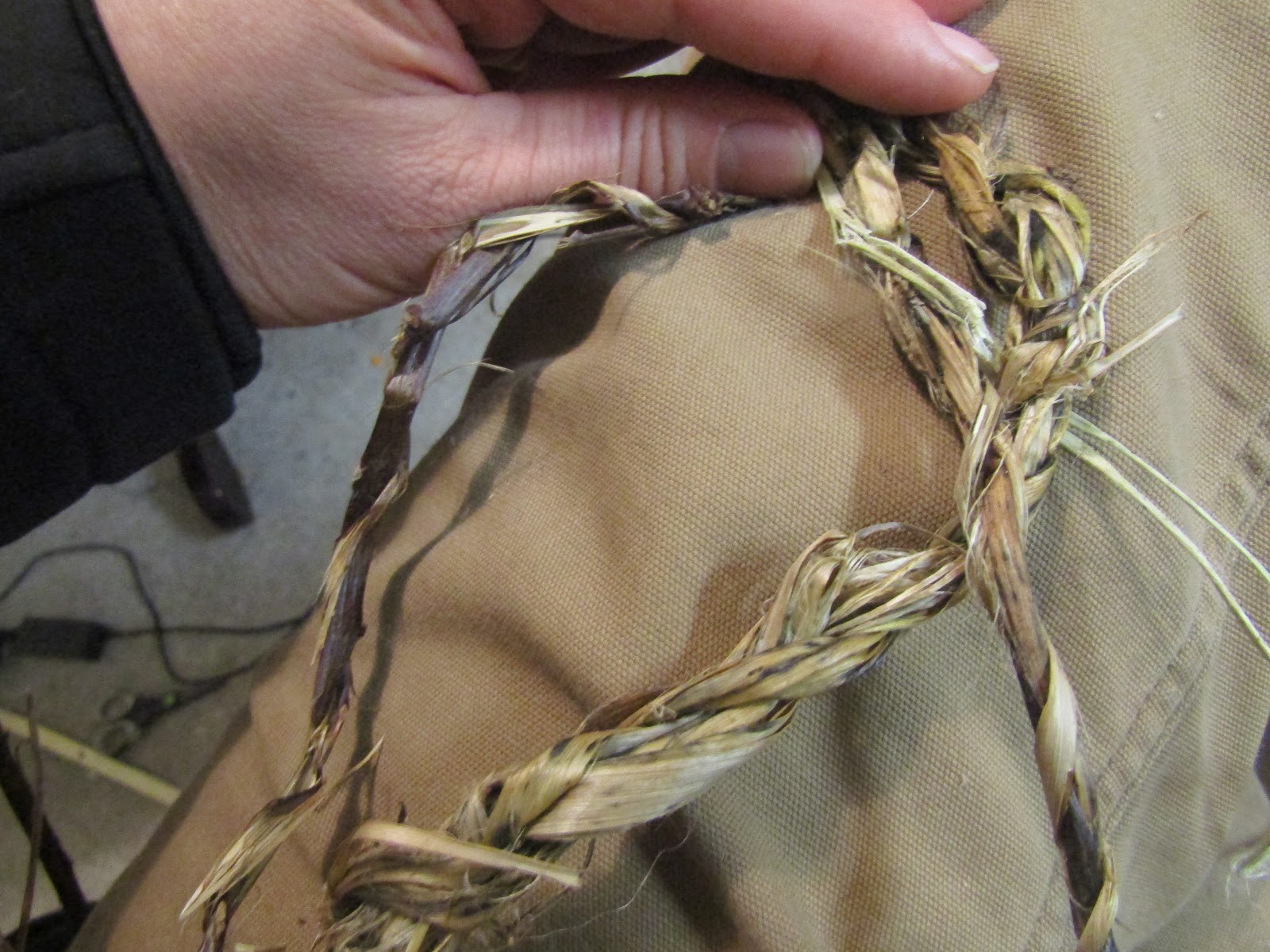In this piece, the author describes how to build relationship with a local species of plant to reconnect with ancient traditions and rejuvenate yourself in these challenging times. All of the images in this post were taken by the author.
by a resident of the Willamette Valley
I live in the Willamette Valley, Oregon, my home for the last forty-plus years. My heritage is European by way of California, or, another way of saying it, is a settler heritage. Although all people’s biological heritage can ultimately be proudly traced to ancestors who used plant technologies, for example ropemaking and basketweaving, for sustainable ecological living, the heritage of Europeans on the North American continent is one of invasion. Now that the descendants of European settlers, like myself, are realizing the importance of ecological ways, it seems only appropriate that we help to prune back the invasive Himalayan blackberry even as we prune back the excessive ways of life that the European settler culture continues to extol.
For more information about the ties between basketry and tending of the land, see this video about native American basketry in contemporary California, as well as ethnohistorian David Lewis’ blogpost about the history of the Kalapuyans, the home tribe to the Willamette Valley.
The Willamette Valley has been home to the Kalapuyan tribes for at least the last 8 to 10 thousand years, and the Kalapuyans have a long history of techniques with rope making and basketry with this land. As ethnohistorian David Lewis writes in his blogpost “ Kalapuyans: Seasonal LIfeways, TEK, Anthropocene” the Kalapuyan people used a variety of plants:
“From the rushes would be woven baskets and clothing and tools for the Kalpuyan households. Tule and cattails would be made into mats for a variety of uses. Cedar is the wonder plant, the bark could be woven into all manner of products, including waterproof clothing and hats, the wood was used for making plankhouses. Bark and wood could be harvested from living trees. Large fallen trees would be made into canoes. Dogbane was twisted into cordage, rope.”
For more on the Native American tradition of basketry, see the California Indian Basketweavers Association’s website.
Ground yourself by interacting with local plants.
Regardless of our biological or cultural heritage, we can tend the land in contemporary Oregon by pruning back the abundant blackberry, thereby reducing the use of pesticides to control blackberry, while also obtaining an amazing basketry material. We can make rope using the same technique as humans have since time immemorial, but using the blackberry plant. You can use the Himalayan or native blackberry; although Himalayan is much more common, neither is endangered. It is prolific and strong, making it a great material to practice weaving with. The blackberry bark can be braided and twined to be used for baskets.
#1 The ease of peeling the bark will vary according to season and how wet the season has been.
I have personally found that I can harvest this material since I started trying to, which was Summer of 2020-now, Winter 2020, but it was much harder in the end of July, when the weather had been dry for quite awhile.
#2 Take hold of a blackberry vine with one leather-gloved hand.
With your other hand, scrape off the spines and leaves with a stick.
#3 Cut the blackberry vine off at the base and split the vine lengthwise.
You can either use a knife to get it started and carefully work the vine apart with your hands, or you can kind of whittle it in half for the whole length of the vine.
#4 Remove the pith.
To do this, you will break the pith backwards in 1 to 2 inch pieces, rocking the pith back and forth before as you completely remove it from the vine so as to leave as many of the inner fibers on the vine bark.
#5 Once you’ve removed most of the pith, you now have material that is ready to use.
Coil the bark with the outer bark facing the inside, so that as it shrinks it will stay even, and tuck the end under.
You can store it, to rehydrate it later in a bucket of water or a wet towel, or use it right away. Good job! For project ideas to make with your bark see below.
Make a rope
To make rope, fold your blackberry bark in half. Rope is made by twisting the top strand of fiber away from you…
…and then bringing that twisted strand towards you and over the other strand, gripping the other strand so that they will securely change places.
After my left thumb and forefinger have inched forward to secure the twist (see above), my right hand can let go of the strand it just twisted and start twisting the new top strand, repeating the process (see below). This locks the two strands together with a technology that dates back more than 17,000 years. This is also called making cordage, or making a 2-ply fiber.
For four-stranded braiding
Label your four strands 1, 2, 3, and 4 from left to right.
To start, cross strand #2 over strand #3.
Then cross strand #4 over strand #2…
…under strand #3…
…and then turn and bring #4 back over strand #3.
Now do the same but starting from the other side, relabeling the strands as they now lie left to right #1-#4.
Take strand #1 and cross it over #2.
Take #1 under #3…
…and back over #3.
And repeat again, taking what is now your far righthand strand and bringing over it’s nearest neighbor…
…under the next one…
…and then back over the one it just went under.
This was a very loosely done braid for demonstration purposes, but with your own you can tighten it up as desired. Good luck!
To make a basket
You will need lots of lengths of blackberry bark. Take four one-foot lengths of bark and interlace them, over under, with four additional one-foot lengths of blackberry bark. If your bark has dried, you will need to soak it in a wet towel or bucket of water to rehydrate. Take a thin strand of blackberry bark and twine in front and behind of each spoke to stabilize your plaited square. To do this you will hook the middle of your thin strand around one of your middle spokes, it doesn’t matter which side you start on. You will take the left hand piece of your thin twining strand and pass it over the spoke it encircles and then behind the next spoke bringing it down towards you again. Repeat with your new left hand strand, always bringing the two strands back to home position which is facing towards you like an upside down “U” that curves around one of the spokes. As you move to a new side, you will rotate the square so that the strands are always pointing towards you.
After one or two rounds of twining, you will flip over your square and put a glass bottle whose bottom is the same size as your square on top of your work. Bend the spokes up around the glass bottle as you go, continuing to twine in the same direction, but now on the outside of your basket with the same in front, behind pattern. The featured image shows the side pattern, called twining, and the bottom pattern, called lattice.

















